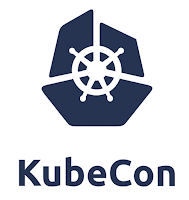We are entering a period where custom, highly-optimized, vertical solutions are becoming viable option again. This is a good news for ISVs with proven domain expertise and skilled development resources.
Why do I think so? We now have:
- Plethora of feature-rich developer frameworks, message queues, scalable data stores, and even lower-level components in the OSS community with great documentation and a large number of use-case validation
- Growing number of custom solution companies (more than just ISVs) with existing deep vertical/domain expertise who are also increasingly now investing in hiring and training strong development teams
- Virtually every Cloud provider offering either a raw Kubernetes service or managed container execution platform which (regardless how you feel about these technologies) creates ubiquitous surface area that can be addressed with a single solution
Yes, there still are many ways in which these custom development efforts can fail. Still, as one who has started their professional career developing custom software, I’m glad to see how these kinds of efforts are becoming cost effective again and increasingly represent a viable option for differentiation and real business value delivery.







